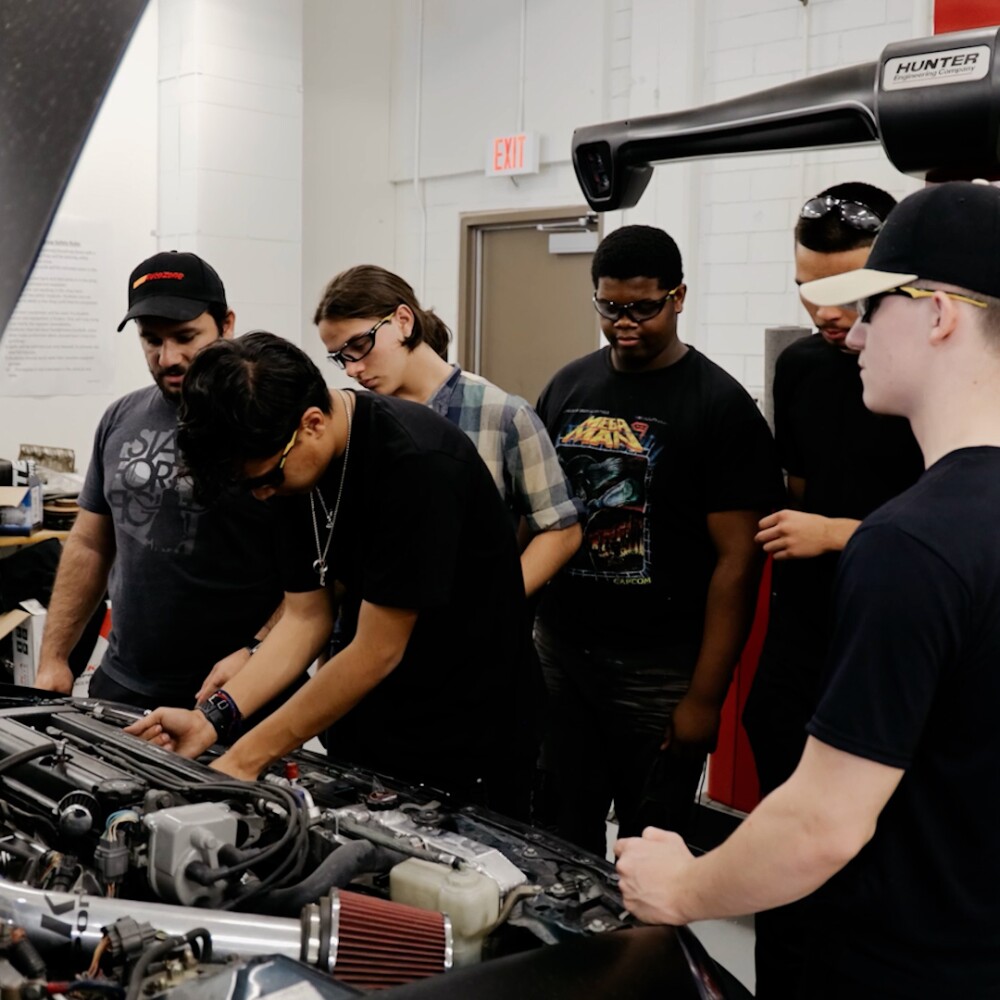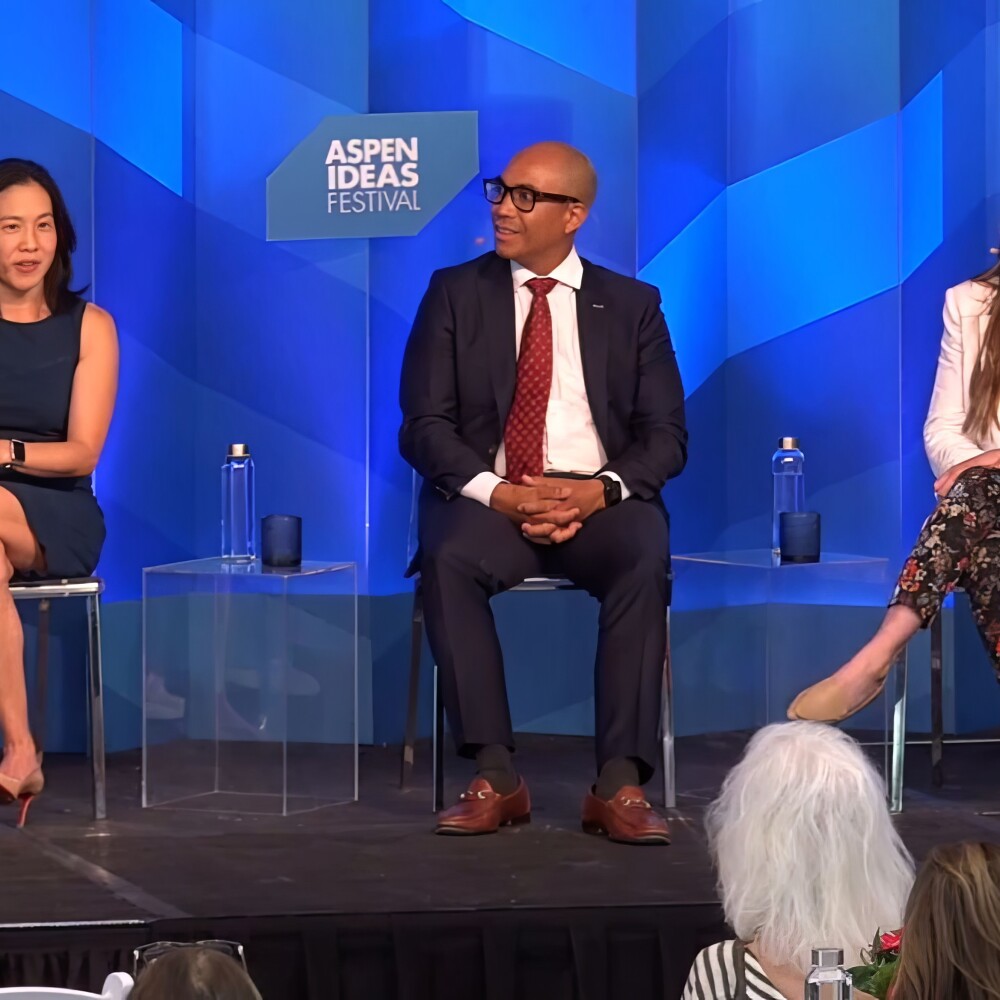Feeling pessimistic about American education — and the United States as a whole — is understandable these days.
To many, it seems our country is as divided and dysfunctional as it’s ever been. And for the past year and a half, some of the most white-hot confrontations in the culture wars have raged through K-12 education over issues of school policies and curricula.
Many parents and educators have been angered by matters concerning COVID-19 safety requirements. The teaching, or prohibition, of “critical race theory” has spilled gallons of journalistic and legal ink.
As school board elections become ideological battle grounds, the discussions surrounding education are rarely reasoned, or civil. Those culture war battles distract us from the real story: The landscape of American K-12 education is shifting rapidly, beneath our very feet, in ways that painfully reveal existing flaws but also give rise to tremendous opportunity.
Once you tune out the noise and get a better sense of the emerging signal, along with how and why it’s changing, there are grounds for real, very rational optimism – even excitement – concerning the future of K-12 education.
The future of K-12 education has been a long-time concern of mine. I first became interested in how young people form an identity, develop an ethical sense and prepare for a career when I was an undergraduate student.
My college and doctoral years allowed me to lay out the general contours of what has become a lifelong pursuit: understanding the role that institutions — especially family, school, church and neighborhood — play in that process of childhood formation and adult development.
Today, much of my research and discovery falls under the question of how best to prepare young people for opportunity, especially through the institution we call school, where the pursuit of opportunity is based on what one knows (knowledge) and who one knows (relationships and networks).
But while this question has been my life’s work, the collection of recent writings included in “The Opportunity to Rise” was not my idea. The articles were never designed to be part of a larger work. I was seeking to work out in my mind and for others what was changing in education over the past few years, especially as a result of the pandemic, and why this was occurring. There is one overarching theme that runs throughout the essays. It’s the contention that both the path and the endpoint of educational opportunity are pluralistic. There is no one prescriptive model that ought to be enforced across the land, nor one path that students ought to follow in pursuing opportunity.
This new framework of opportunity pluralism holds great potential if Americans can build it for the betterment of our children’s educations and futures.
Instead, we must embrace “opportunity pluralism.” And we must recognize that it arises through local, community, collaborative efforts by a host of different actors — parents, employers, educators, elected officials and students themselves — who are in the best sense operating as community or civic entrepreneurs.
This activity develops new relationships and other forms of social capital, helping young people and their families better pursue opportunity and a flourishing life. It also changes the power dynamics in a community, distributing power in new ways to parents, their children and other elements of civil society.
This new framework of opportunity pluralism holds great potential if Americans can build it for the betterment of our children’s educations and futures. Once you recognize opportunity pluralism and collaboration as key dimensions of what’s underway, another important truth comes into focus: Americans really aren’t as divided as we seem.
The cultural and ideological flashpoints of intense disagreement in education blind us to the truth that Americans are more united in their hopes and less far apart on most education issues than you would think.
Most people across the political spectrum do really care about education and fulfilling relationships; they’re optimistic that they can work to improve things and that hard work will be rewarded; they believe in equality of opportunity; and they believe that no one size fits all. There are massive opportunities for constructing new coalitions in education that could significantly shift the way we approach K-12 schooling.
If we can build a new opportunity framework for K-12 education ... it will advance a more equal and just society and a more robust and adaptable economy.
The disruptions of the past 18 months have started to make that clear.
Today I believe we have an opportunity to rekindle a broadly-based bipartisan approach by focusing on an opportunity agenda for young people that Americans of all stripes support. The potential payoff is tremendous.
If we can build a new opportunity framework for K-12 education, it won’t just make for stronger schools. It will advance a more equal and just society and a more robust and adaptable economy. Ultimately, it could even help restore our frayed and fractured society as the “exhausted majority” unites in spite of the noisy extremes to produce these great, tangible goods.
In “The Opportunity to Rise,” a number of themes emerge:
• We must move away from rigidly standardized thinking concerning what education looks like and where it must lead.
• Opportunity is fundamentally relational—a matter not simply of test scores or subject mastery but of relationships, networks, experience … in short, a matter of social capital.
• Promoting opportunity, particularly among the disadvantaged, must prioritize practical arrangements that help students build connections, experience, and social capital.
• The best way to do that is within communities, through the tenacious efforts of parents and civic entrepreneurs.
The 20th century was arguably the “American century” because of the United States’ wildly successful overhaul of its high school system. As we respond to crises precipitated not just by COVID-19 but also by a rapidly changing workplace and global economy, we may be on the cusp of another such breakthrough.
An extended version of this article appears as the introduction to The Opportunity to Rise. Please fill out this form and we will mail a copy of the book directly to you.



